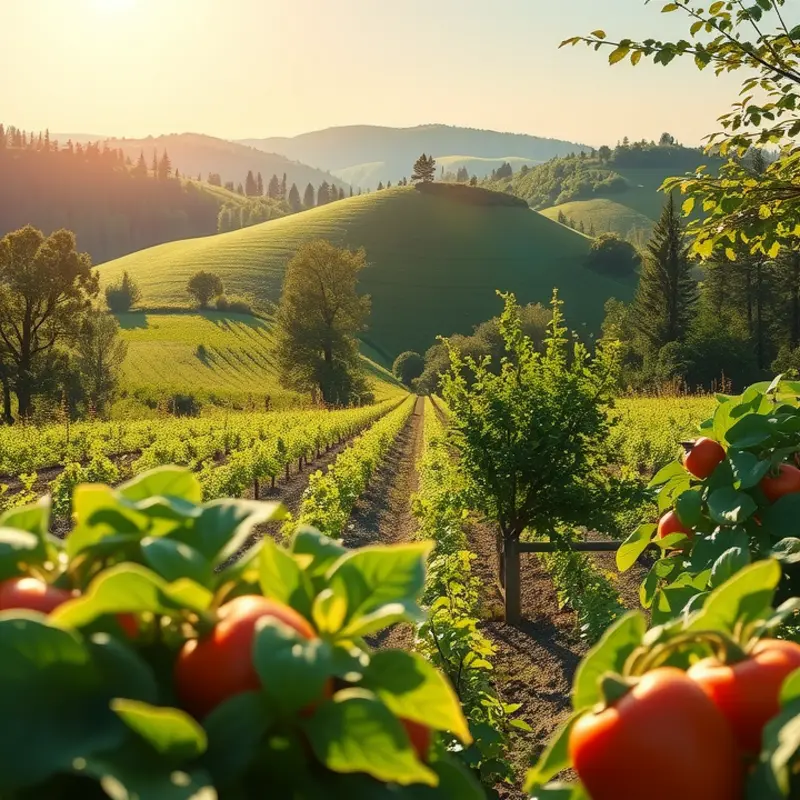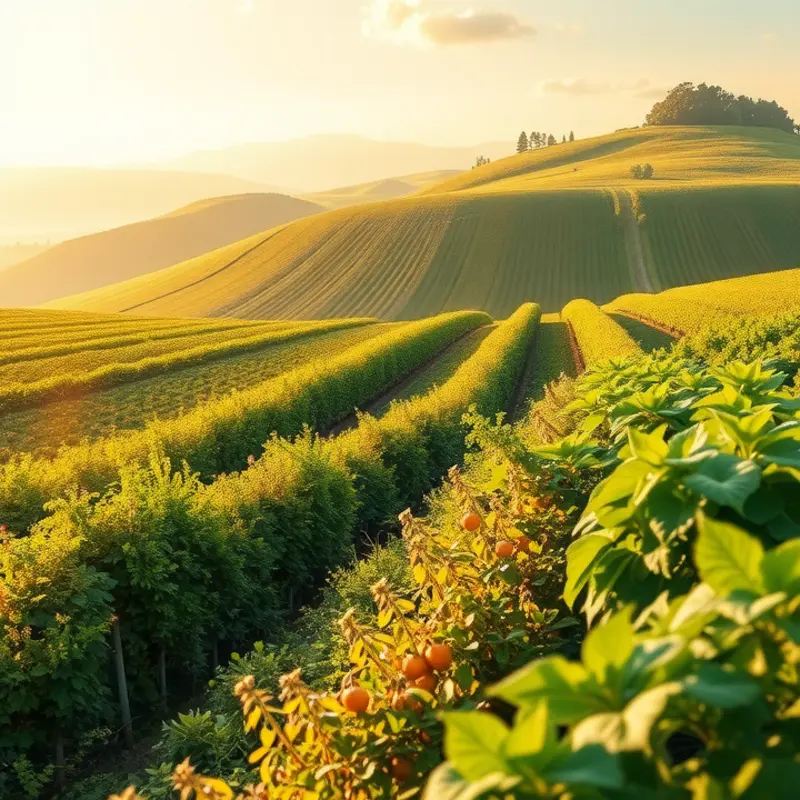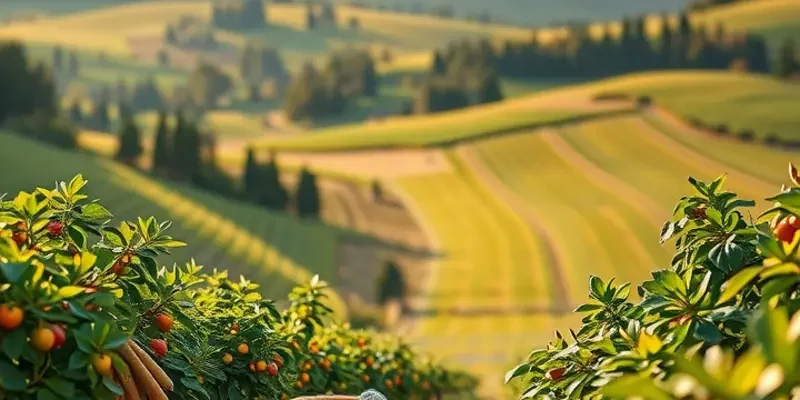Dumplings are more than just delicious bites; they embody the rich tapestry of cultural history, local ingredients, and shared culinary practices. From the delicate xiaolongbao of China to the heartwarming pierogi of Poland, these versatile pockets of joy offer a window into diverse food traditions. As we embark on this flavorful exploration, let’s discover how dumplings—both savory and sweet—cater to different tastes and occasions across the globe.
The Asia-Pacific Dumpling Landscape

Embarking on a culinary journey through the Asia-Pacific reveals a landscape rich with diverse dumpling traditions, each bearing distinct flavors that reflect their regional cultures. From the bustling streets of Shanghai to the serene villages of Japan, dumplings are more than mere food; they are a testament to the artful balance between ingredients, technique, and cultural heritage.
In Shanghai, the delicate art of crafting xiaolongbao is revered. These soup dumplings, characterized by their thin, translucent wrappers, are masterpieces of precision. The dough, a simple combination of wheat flour and water, is skillfully rolled to a paper-thin consistency. Inside, a rich pork filling coupled with gelatinized broth awaits. As the dumplings steam, the gelatin melts, creating a flavorful soup that bursts upon the first bite. This method showcases a meticulous technique that rivals the finest culinary executions.
Travel north to find jiaozi, a staple across Northern China, especially during festive occasions like the Lunar New Year. Unlike xiaolongbao, jiaozi are heartier, wrapped in a dough that is slightly thicker and sturdier. Traditionally filled with ground meat—pork being the most common—alongside vegetables and seasoned with ginger, garlic, and soy sauce, these dumplings can be boiled, steamed, or pan-fried. They symbolize prosperity and wealth, often crafted in the shape of ancient Chinese coins.
Crossing the sea to Japan, we encounter the sweet, chewy delight of mochi. While not a dumpling in the traditional sense, mochi shares the spirit of being a filled delight. These rice cakes are made from glutinous rice, pounded into a smooth, elastic consistency before being molded around sweet fillings such as red bean paste or ice cream. Mochi is a staple during New Year celebrations and symbolizes strength and unity. Its soft, pillowy texture contrasts with the robust flavors inside, providing a unique culinary experience.
The method of preparation and cooking varies widely throughout the region, enhancing each dumpling’s inherent diversity. Steaming remains the preferred method for those looking to retain a dumpling’s delicate structure, as seen in xiaolongbao. Meanwhile, frying is often used to add a crispy contrast to the tender fillings of certain jiaozi recipes.
The Asia-Pacific’s dumpling landscape invites an exploration of culinary traditions rich in history and flavor. Each bite serves as a connection to centuries-old practices and customs. Whether indulging in the rich soups of Shanghai, the savory comforts of Northern China, or the sweet nuances of Japanese confections, dumplings unite different cultures through shared moments around the dining table.
As you explore these traditions at home, consider learning more about ingredient substitutions that can enhance the flavor profiles of these dishes and retain authenticity. Check out flavor boosters without salt for some intriguing ideas. This link will guide you in maintaining a balanced, tasteful dish without relying heavily on sodium, all while keeping your dumpling experience delightful and true to its roots.
European Dumpling Traditions: Beyond Borders

Europe’s culinary landscape is as diverse as it is delicious, with dumplings at the heart of many cultures. In Poland, pierogi are celebrated not just for their versatility but for their ability to bring comfort and joy. Traditionally filled with potatoes and cheese, these dumplings can be sweet or savory, reflecting the bounty of local harvests. Pierogi are often found at festive occasions, where families gather around, sharing stories and savoring familiar flavors.
Moving south to Italy, tortellini exemplifies elegance and simplicity. These little pasta parcels are appreciated for their delicate folds and rich fillings of meats and cheese. Each town boasts its own variation, emphasizing the importance of regional ingredients. Tortellini, often enjoyed in broth, embodies the Italian philosophy of letting quality ingredients shine. This dish is a staple during family gatherings, reminding everyone of the warmth of home.
Slovakia’s bryndzové halušky offers a rustic take on dumplings, featuring potato dumplings topped with creamy sheep cheese and crispy bacon. This hearty meal reflects Slovakia’s pastoral heritage and the significance of sheep farming in its culinary traditions. It’s common to serve bryndzové halušky at large family gatherings and heritage celebrations, highlighting Slovakia’s pride in its agrarian roots.
European dumplings also serve as an expression of cultural identity and connect people across borders. While each version boasts distinctive flavors and techniques, they share common themes of community and tradition. These dishes are not only meals but a celebration of the bonds that unite families and friends.
The universal joy of sharing food is palpable in any European kitchen, where generations pass down recipes that are lovingly preserved. Such culinary legacies fortify the rich tapestry of European culture and offer a delicious way to experience its diversity. From bustling cities to quiet villages, dumplings are a testament to the heart and soul of Europe’s rich gastronomy, where every bite tells a story.
For those interested in exploring more of Europe’s culinary traditions, such as Italian sauces that accompany dishes like tortellini, check out these easy sauce simmering tips to elevate your home-cooked meals.
Final words
Dumplings stand as a culinary bridge across cultures, sharing rich stories and flavors that tell of their origins and the people who cherish them. Each bite transports us to different parts of the world, where local ingredients and traditions influence the creation and enjoyment of these beloved treats. From the steamy kitchens of Asia to the bustling markets of Europe, dumplings nourish both body and soul, reflecting our shared humanity and diverse heritages. Next time you savor a dumpling, take a moment to appreciate the culture that cradles it.








